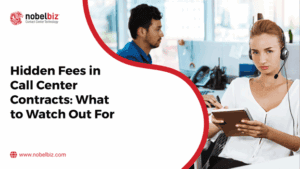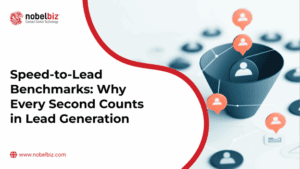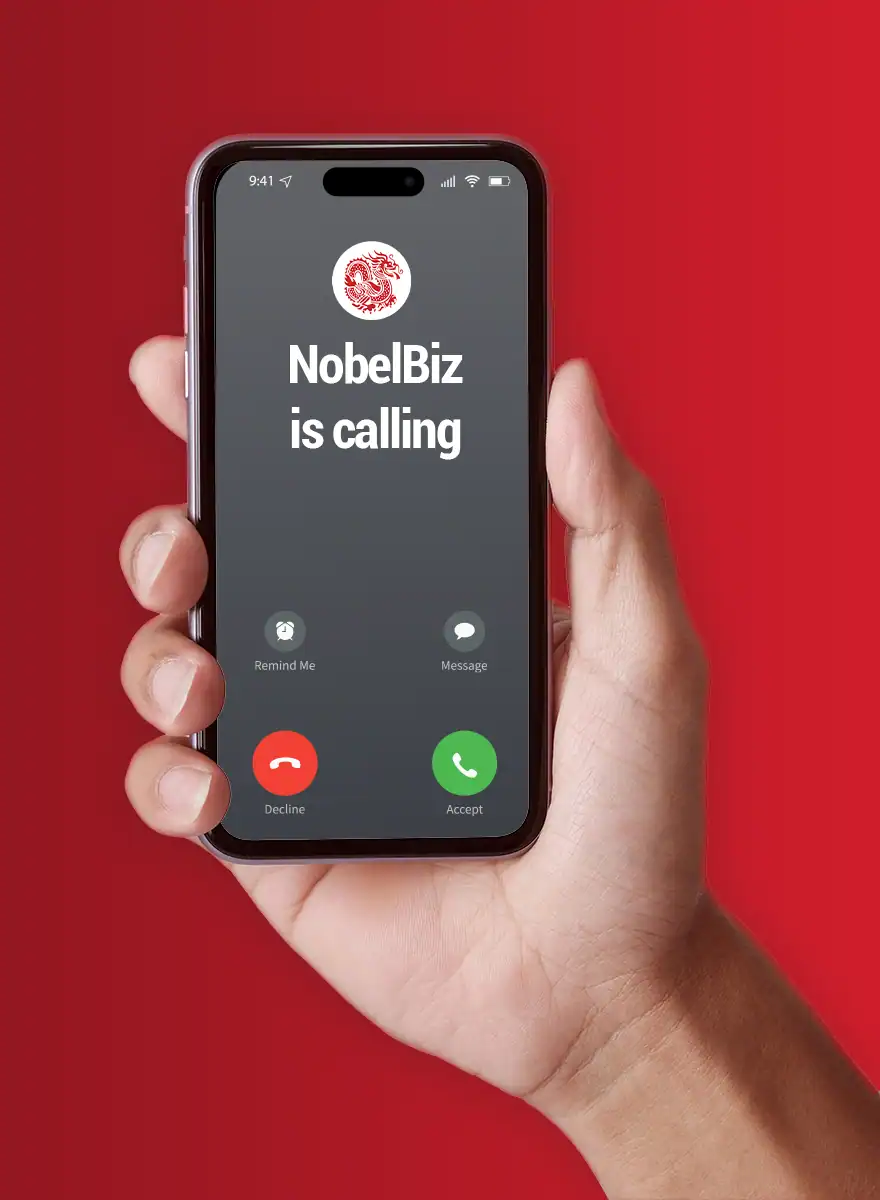Productivity in a call center refers to the extent of how well your call center is in meeting the customer’s needs effectively. It might be expressed in many ways, including speed and efficiency of the agents, quality of calls taken, and how well the technology and processes in the call center function. The higher the productivity, the better the service, as less time taken will result in increased customer satisfaction while reducing costs.
In this article, we’ll be discussing how to measure call center productivity, common causes of low productivity, and methods to boost efficiency in your call center.
How to Calculate Call Center Productivity?
First things first, you have to manage call center productivity. That said, you must calculate it correctly, first. Following are two key methods of calculating and assessing productivity within your call center:
1. Overall Call Resolution Rate
This is the percentage of calls resolved at the first instance without the need for follow-up calls. It is important, as it directly reflects how well agents take customer issues and resolve them right there. A high resolution rate tends to indicate well-trained, knowledgeable agents with proper tools, hence limiting the need for repeated calls from customers. This monitoring rate depicts the areas where agents require additional support or training for problem-solving skill development.
2. Ratio of Output to Input
This is a classic productivity measure, whereby output, in terms of the number of pieces of work completed, is compared with input, or resources used. For instance, the number of calls handled by an agent per hour or time consumed on calls. A higher-than-average ratio indicates your agents being as productive as possible whereas a lower than ideal ratio indicates wasted time due to overly long calls, multiple calls for one issue or re-selling for this training. The call centers can by periodically re-examining this ratio, the call centers can identify the areas they can improve processes or train their staff better.

Low Call Center Productivity - Causes
Several factors can contribute to low productivity in call centers, often stemming from outdated processes, technological limitations, or workforce challenges. Understanding these root causes is essential to implementing effective solutions.
1. Your Processes Are Outdated
Outdated processes remain one of the common impediments to productivity in call centers. Legacy workflow, manual entry, and inefficient call-handling procedures bring down the pace of operations apart from increasing customer wait times. Bound to be time-consuming, these are sure to increase AHT and decrease the FCR rates, hence bringing down overall productivity. Similarly, frequent reviews for the modernization of processes will pay dividends in enhancing efficiency-say, automation of routine tasks or integration of AI-driven tools.
Best-in-class call centers achieve an FCR rate of 74% or higher, indicating efficient problem-solving and reducing the need for follow-up calls.
2. Ineffective Call Routing & Distribution
Poor call-routing and distribution systems lead to misdirected calls, long waits, and irate customers. Poor routing leads to some agents receiving an inordinate number of calls while others are underutilized; the workload is imbalanced, hence productivity suffers. Smart call-routing solutions route calls according to the availability, skill sets, or past performance of agents to maximize agent utilization and enhance customer satisfaction.
3. Your Team Feels Limited by Technology
The best enabler of agents to perform at their best is technology. On the other hand, having software that is outdated or not capable of great things highly limits your team in what they can do. If you must deal with really slow systems, technical issues time and again, or overly complicated interfaces, these can prevent your agents from quickly finding what they need, thus increasing their handling times and poor customer interactions. Moving onto modern, intuitive platforms like the NobelBiz Omni+, this load can be eased by the simplification of operations in integrating all communication channels on one single, user-friendly interface.
4. Lack of Training & Development Opportunities
Continuous training is critical in reaping the best returns from agent performance. Unless constantly upgraded with a skill or professional development, agents may not be able to meet higher degrees of customer expectations or manage issues effectively. Through ongoing training sessions, workshops, and access to learning resources, agents can be prepared for the set of skills that will make them productive and confident in their work.
5. Low Employee Morale
Employee morale directly goes hand in hand with productivity. Lack of appreciation, insufficient remuneration, high stress levels, and poor work culture will spur detachment in agents from their work and lower performance. Creation of a caring and positive work environment whereby agents are perceived and recognized for the important contributions that they give to the organization will boost morale and productivity.
6. Excessive Employee Burnout
High levels of stress, unrealistic performance expectations, and insufficient support are all drivers of employee burnout. The effects of burnout not only result in the degradation of performance in individual agents but also contribute to high attrition rates and growing costs due to increased recruitment and training. Examples of ways to prevent burnout include work-manageable loads, mental health support, and regular breaks.
Related Resource
Guide | Increasing Performance in Lead Generation Campaigns .
“Low productivity often stems from outdated systems and processes. Modernizing your call center with advanced routing, real-time analytics, and unified communication solutions can turn these challenges into opportunities for growth” – Michael Mcguire Chief Sales Officer Nobelbiz
Brayan Carpio
‘The technology aspect of NobelBiz stood out compared to the competition, and also the great team! All the way from onboarding to support to troubleshooting has been great throughout this journey!’
Ways to Measure Low Call Center Productivity
To effectively address productivity challenges, it’s crucial to accurately measure and monitor the performance of your call center. Here are some key methods:
1. Analyze Your Productivity KPIs
Key Performance Indicators (KPIs) provide valuable insights into your call center’s performance. Some of the most telling KPIs to monitor include:
- High Average Handling Time (AHT): Indicates that calls are taking too long to resolve, often due to inefficiencies or complex issues.
- Low First Call Resolution (FCR): Suggests that customers frequently need to call back to resolve their issues, which is a clear sign of low productivity.
- Low Customer Satisfaction (CSAT) Scores: Reflects how well your call center meets customer expectations; low scores often point to underlying productivity problems.
- Poor Response Time: Shows that customers are waiting too long for responses, affecting their overall experience.
- Low Occupancy Rate: Measures the percentage of time agents spend actively engaged with customers versus idle time.
- Average Speed of Answer: How quickly your call center answers incoming calls; slower speeds indicate inefficiencies.
- Abandoned Calls: A high number of abandoned calls can point to long hold times and customer frustration.
- Net Promoter Score (NPS): Gauges customer loyalty; a low score may indicate broader issues affecting productivity.
2. Analyze Call Quality
Call quality evaluation involves listening to the recorded calls, assessing adherence to scripts, and monitoring communication skills. Call quality analysis identifies those areas where agents are outperforming and those areas where they might have a chance for improvement. It serves to identify repeating patterns of problems that may include such things as missed upsell opportunities or lack of first-call resolution of customer issues.
Call quality evaluation involves listening to the recorded calls, assessing adherence to scripts, and monitoring communication skills. Call quality analysis identifies those areas where agents are outperforming and those areas where they might have a chance for improvement. It serves to identify repeating patterns of problems that may include such things as missed upsell opportunities or lack of first-call resolution of customer issues.
3. Assess Agent Performance
By monitoring agents on a regular basis, you will be able to see who is coming out on top and who requires a little more attention. Measuring call-handling efficiency, problem-solving, and customer feedback gives you a clear picture about the productivity of individual agents, showing you where training or process improvements are needed.
Related Resource
How to Improve Call Center Productivity
Productivity at a call center has many variables, and therefore, one must make the changes in a holistic manner that touches on the improvement of the processes, investment in proper technology, and a proper work environment that is conducive. Practical ways to boost performance at your call center:
1. Optimize Current Processes
Analyze and optimize the operation of a contact center in order to remove bottlenecks and, therefore, increase the overall efficiency. Automation of routine processes, such as call logging or data entry, will liberate the agents to deal with more complicated dialogues. Revisit workflows regularly to ensure they consider best practices and stay current on emerging customer demands.
2. Use the Right Technology
Invest in progressive technological answers that maximize agent performance while improving customer experience. Such is the NobelBiz Omni+ omnichannel in full view, where agents can manage all interactions related to phone calls, chats, emails, or social media on the same platform. This integration reduces handling time, minimizes errors, and increases overall productivity due to the fact that agents will have everything they need to excel in one place.
“Our Voice Carrier Network is designed to ensure crystal-clear communication and reliable connections, directly contributing to faster call resolution rates and higher customer satisfaction—two pillars of a productive call center.” – Christian Montes Executive VP of Client Operations
3. Tailor Solutions to Your Call Center
No call centers are the same, and what works for one may not work for the other. Have your technology and processes meet your particular needs through the adaptation of call scripts, setting up call routing rules based on agent strengths, or deployment of specialized software solutions to deal with operational challenges unique to your agency.
4. Measure Agent Productivity
Implement tools that show, in real time, the performance metrics of all agents. From here, you will be able to highlight those agents who are immediately performing the best and those who might benefit from more detailed training and support. This is how a sound organization will keep tabs on agent performance while refining productivity across the team.
5. Empower Your Agents
Empowered agents are productive and more proactive in their work. Give your team the authority to decide on certain issues, resolve problems, and provide customized solutions to customers without getting excessive approvals on every little thing. Besides offering better productivity, job satisfaction due to empowerment reduces the job turnover rates.
6. Create a Positive Work Environment
A supportive work environment translates to high morale and productivity. Recognize and reward agents for their achievements, offer professional growth, and lead by example in a culture of teamwork and collaboration. It helps to reduce stress, which in turn increases job satisfaction and motivates people to do well in their work.
Improve Call Center Productivity with Nobelbiz
Improving call center productivity is a full-cycle process of fine-tuning your operations, gaining with advanced technology, and focusing on agent engagement in their work. Put together, the above strategies ensure greater efficiency in the call center to increase customer satisfaction for overall business success. Let your call center be productive by empowering it with NobelBiz solutions like Omni+, which comprises a complete omnichannel experience, and our Voice Carrier Network for the best call quality. Partner with NobelBiz to transform your call center and achieve the performance gains needed to stay competitive.

Michael McGuire is a contact center industry expert with almost two decades of experience in the space. His experience includes roles as Director of Contact Center Digital Transformation at NobelBiz, and as Director of Operations at FLS Connect, managing multiple call centers. As President of Anomaly Squared and Targeted Metrics, Michael successfully transitioned companies into remote operations and significantly boosted revenues. With a strong background in customer service, leadership, strategic planning, and operations management, Michael excels in driving growth and innovation in the call center space.
Mike is also a proud Board Member for R.E.A.C.H Trade Group, promoting consumer protection and satisfaction and Co-host of the Off Skripted Podcast – a show about Life, Call Centers and everything in between.







